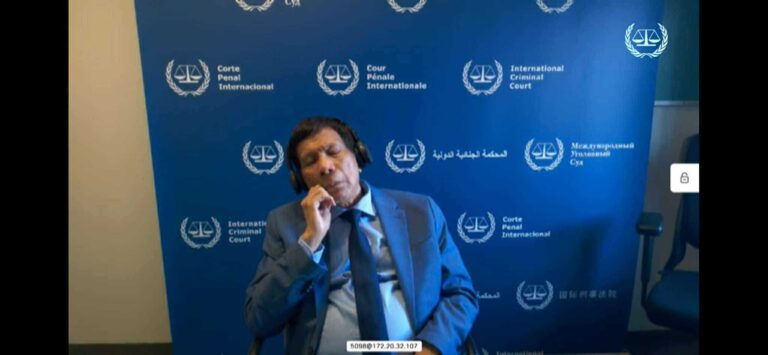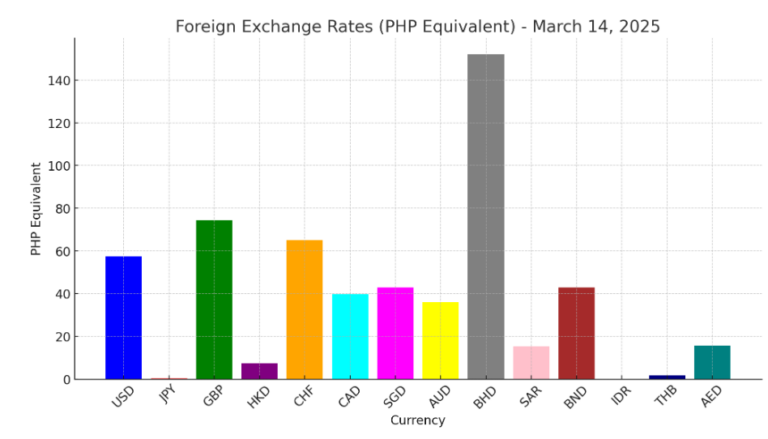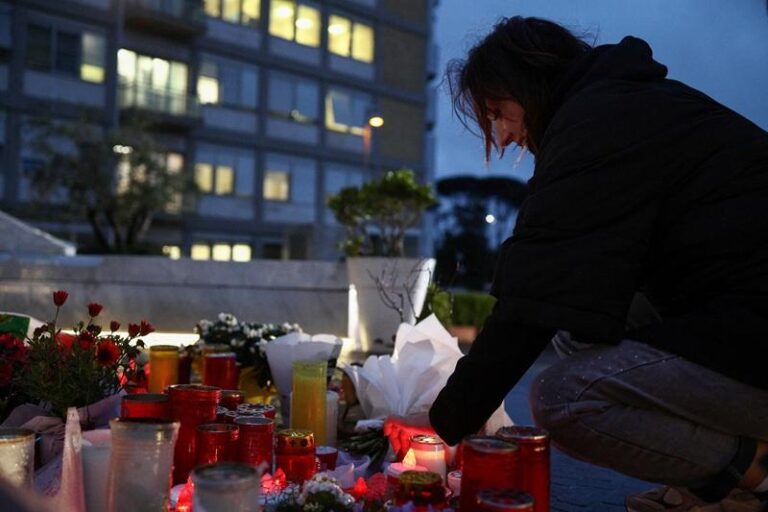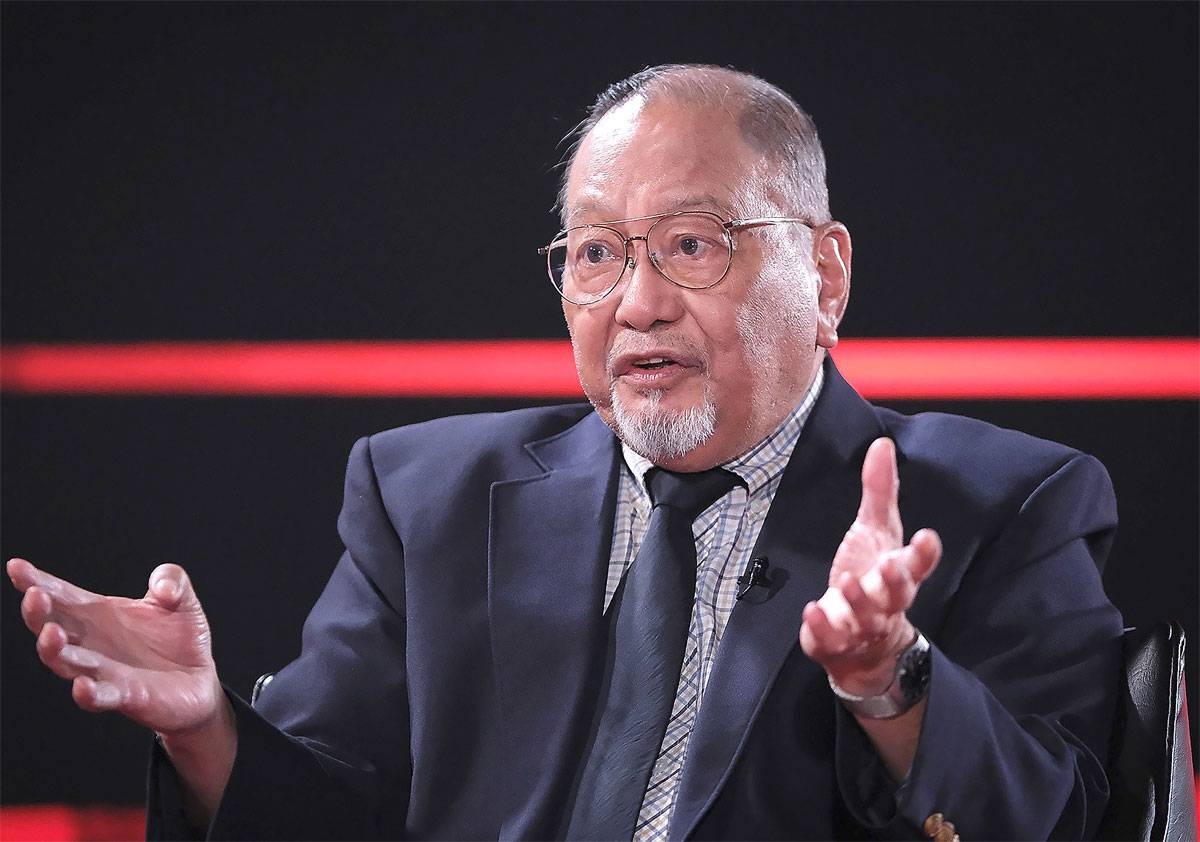AN urban development specialist said transforming Metro Manila into a smart city requires a lot of redevelopment, a certain degree of creativity and political will on the part of government officials.
“A city is a dynamic place. There are new opportunities that come up, and there is such a thing as urban redevelopment because, for whatever reason, certain parts of the city deteriorate, and adopting smart technologies will definitely help in speeding up the process,” Dr. Nathaniel von Einsiedel said Saturday night on “Business and Politics,” a weekly program on SMNI hosted by The Manila Times Chairman Dante “Klink” Ang 2nd.
Von Einsiedel described a smart city as an urban area that adopts certain ICT technologies to improve the delivery of services such as waste or traffic management or land use planning.
“There’s a wide range of opportunities where these technologies could be applied. So when a city adopts such technologies successfully, then it is referred to as a smart city,” he said.
More and more Philippine cities are adopting smart technologies, but in so far as becoming a smart city in the true sense of the word, “we are still really far off,” von Einsiedel said.
delivered to your inbox
One of the major components of a smart city is addressing the quality of life of the residents. In the case of Metro Manila, housing is an important aspect of that, said von Einsiedel.
“With the housing backlog at 6.5 million and exponentially growing, housing is indeed a major problem,” he said.
The problem, von Einsiedel said, is that housing cannot be disassociated with another issue: land.
What makes housing too expensive to many, especially in Metro Manila, is that land is included in the pricing.
“What if you do not sell the land?” von Einsiedel said.
He cited the Bagong Lipunan Sites and Services (Bliss) housing program, where the value of the land is not added to the monthly payments of the residents.
“This gives the government the flexibility of adjusting the monthly payments by the people who live there by not inputting the value of the land,” von Einsiedel said.
The same approach has been used in Valenzuela City in what is now known as Disiplina Village.
Smart technology can help in this aspect by finding out who needs housing, said von Einsiedel, who is also a registered architect, urban planner and environmental planner.
“We need to do a socioeconomic survey of who really are in need of housing because if you do not have that kind of systematic database, it is so easy for anybody to say ‘I need housing,'” he said.
Surveying used to be done manually, and now drones can do the job, he said.
“The use of smart city technology can facilitate the proper kind of approach to a problem,” von Einsiedel said. “We cannot solve the problems of Metro Manila within the territorial Metro Manila only.”


















